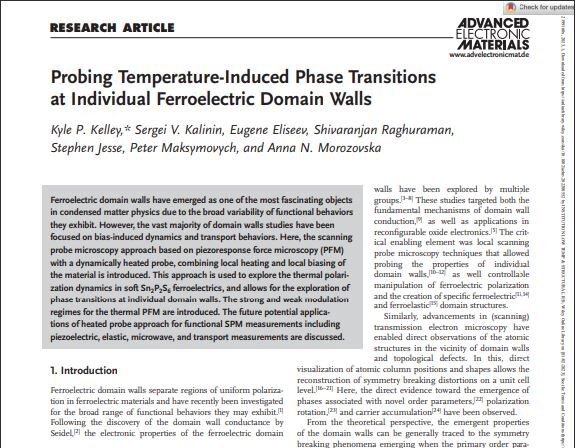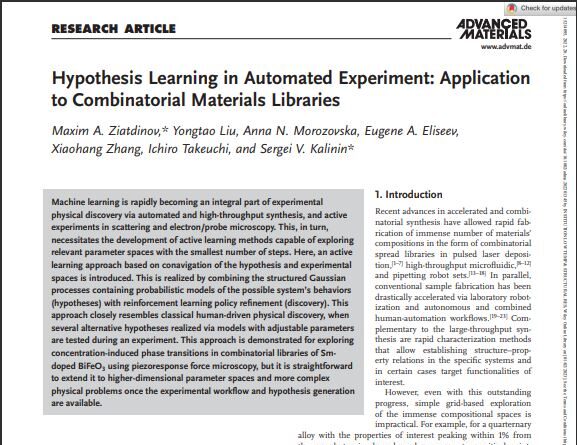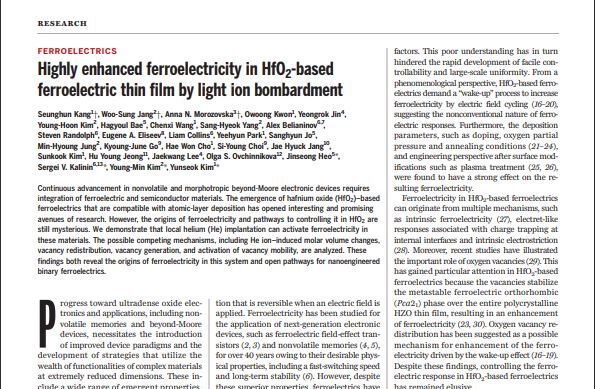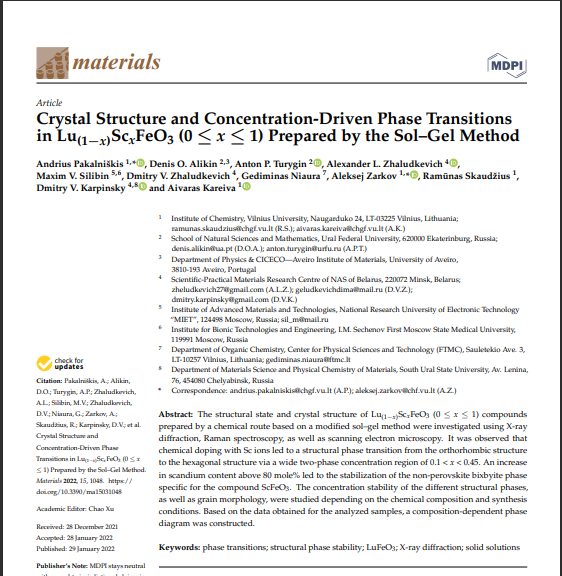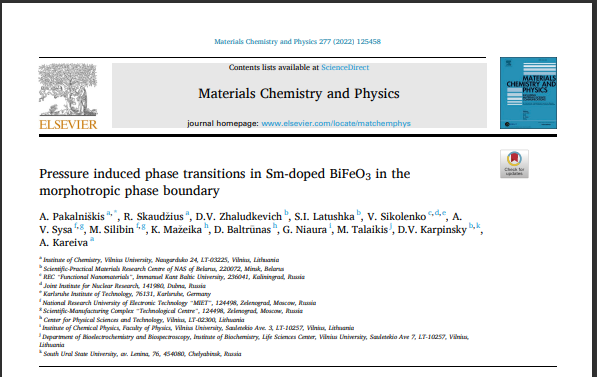Abstract: The coupling between antiferrodistortion (AFD) and ferroelectric (FE) polarization, universal for all tilted perovskite multiferroics, is known to strongly correlate with domain wall functionalities in the materials. The intrinsic mechanisms of domain wall phenomena, especially AFD-FE coupling-induced phenomena at the domain walls, have continued to intrigue the scientific and technological communities because of the need to develop future nanoscale electronic devices. Over the past years, theoretical studies have often shown controversial results, owing to the fact that they are neither sufficiently nor directly corroborated with experimental evidence. In this work, the AFD-FE coupling at uncharged 180° and 71° domain walls in BiFeO3 films is investigated by means of aberration-corrected scanning transmission electron microscopy with high-resolution scanning transmission electron microscopy and rationalized by phenomenological Landau-Ginzburg-Devonshire (LGD) theory. We reveal a peculiar morphology at the AFD-FE walls, including kinks, meandering, and trianglelike regions with opposite oxygen displacements and curvature near the interface. The LGD theory confirms that the tilt gradient energy induces these unusual morphologies and the features would change delicately with different kinds of domain walls. Moreover, the 180° AFD-FE walls are proved to be conductive with an unexpected reduction of the Fe-O-Fe bond angle, which is distinct from theoretical predictions. By exploring AFD-FE coupling at the domain walls, and its induced functionalities, we provide exciting evidence into the links between structural distortions and its electronic properties, which provide great benefit for fundamental understanding of domain wall functionalities as well as functional manipulations for novel nanodevices.
Title: Mapping gradient-driven morphological phase transition at the conductive domain walls of strained multiferroic films
Authors: M. J. Han, E. A. Eliseev, A. N. Morozovska, Y. L. Zhu, Y. L. Tang, Y. J. Wang, X. W. Guo, X. L. Ma
DOI: https://link.aps.org/doi/10.1103/PhysRevB.100.104109 Physical Review B (2019) 100, 104109
Preprint deposited in the repository: https://arxiv.org/abs/1903.05531

